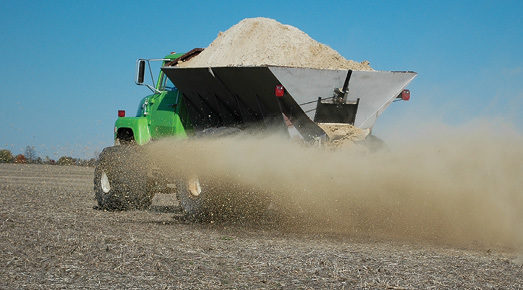No-Till Farmer
Get full access NOW to the most comprehensive, powerful and easy-to-use online resource for no-tillage practices. Just one good idea will pay for your subscription hundreds of times over.

NAME: Jack Maloney
LOCATION: Brownsburg, Ind.
YEARS NO-TILLING: 28
ACRES: 2,800
CROPS: Corn, Soybeans, Wheat
If there's one thing that has become clear to me after nearly 3 decades of no-tilling, it’s that there’s no one silver bullet to push no-till yields over the top. You need to do it all, and do it all well.
I continually evaluate and adjust strategies for soil health, crop needs and machinery performance to coax a few more bushels from our corn and soybean crops. And all the improvements typically work together to produce even more yield.
For example, building soil structure has resulted in more mellow soils that make it easier to precisely place seed for even emergence. Rising organic matter and roots penetrating deeper into the soil profile — thanks, in part, to cover crops — allows me to use less fertilizer.
Everything interconnects.
Soil is a great place to start for getting the most out of no-till. Growing more roots, and getting them deeper into the soil profile, should be a primary goal for no-tillers serious about obtaining top yields.
We use gypsum, tile and cover crops on our farm. This combination has pulled our corn roots as much as 5 feet below our tile lines into deep moisture, which has been a boon for us in dry years.
Soils on our farm in northern Indiana are heavy clay with 0% to 2% slopes. They qualify as poorly drained, so subsurface tile is…